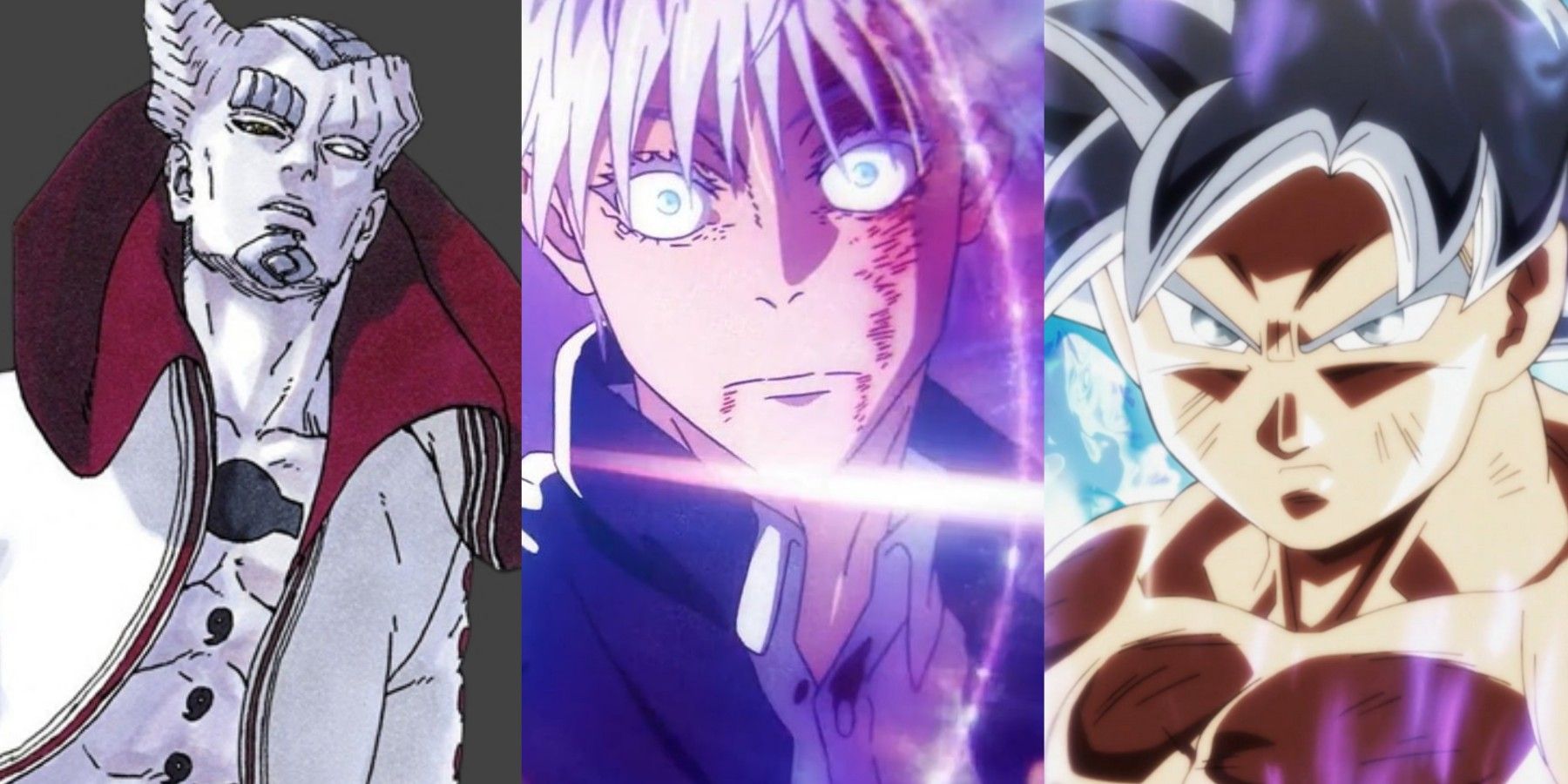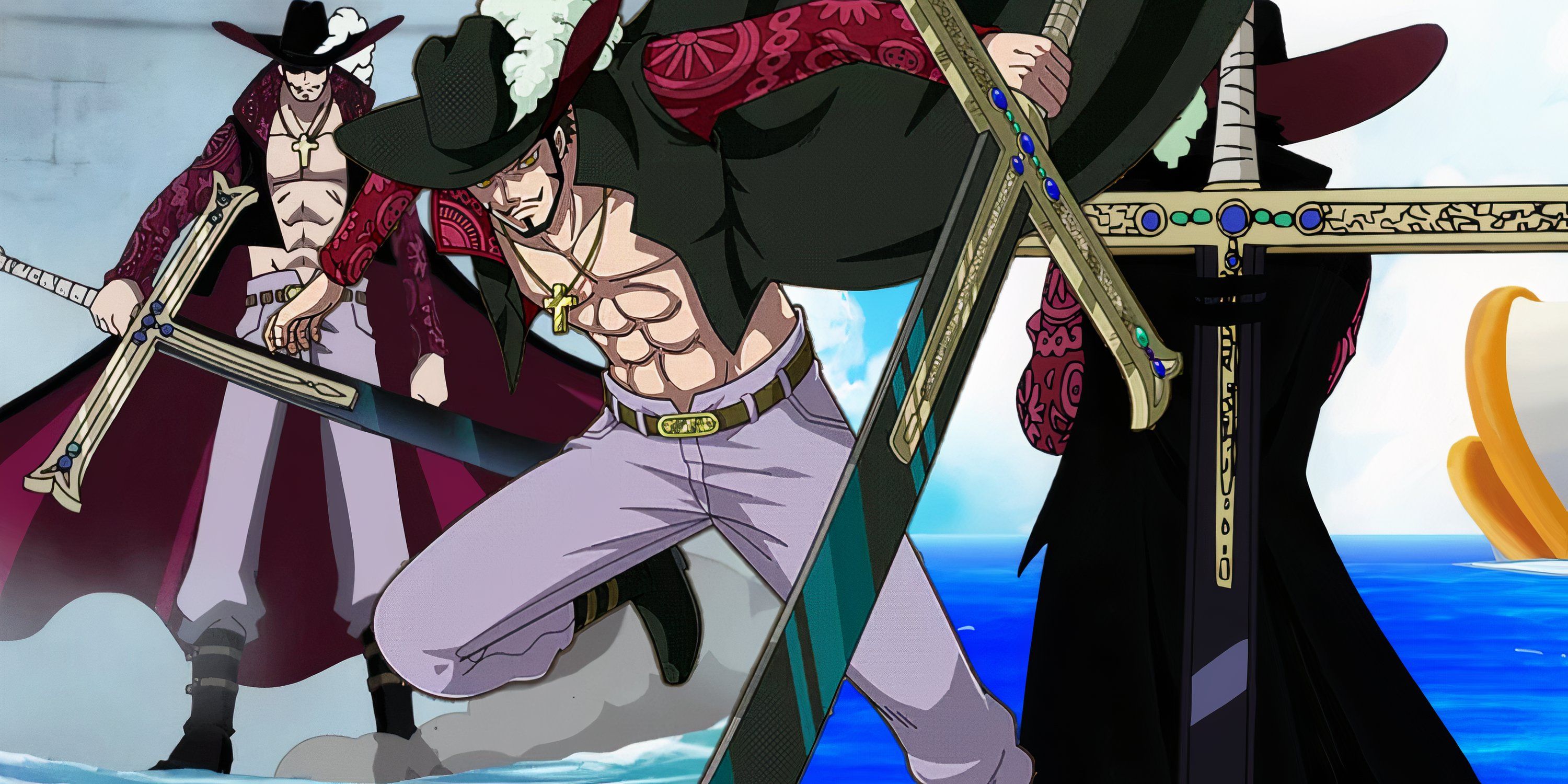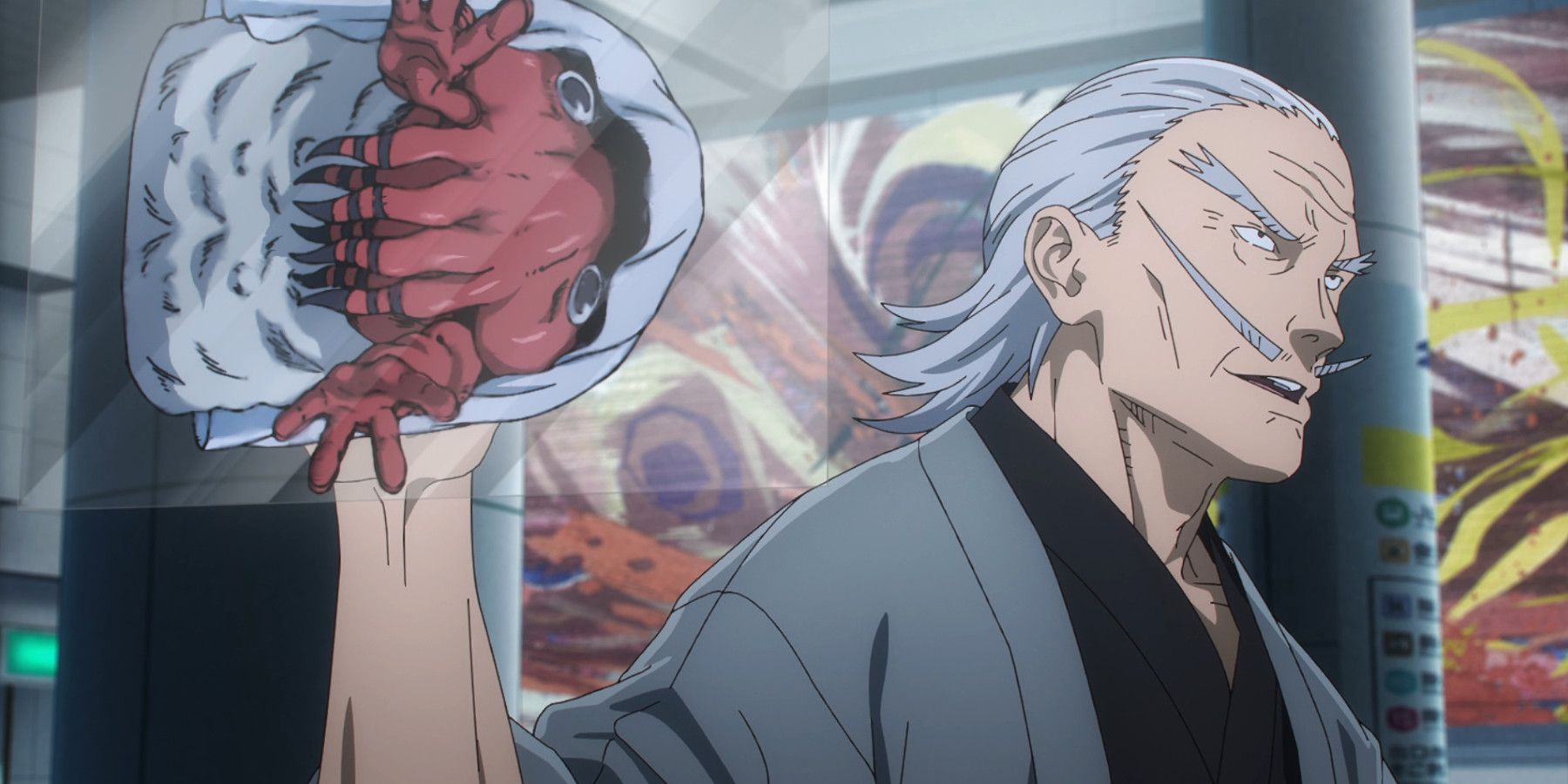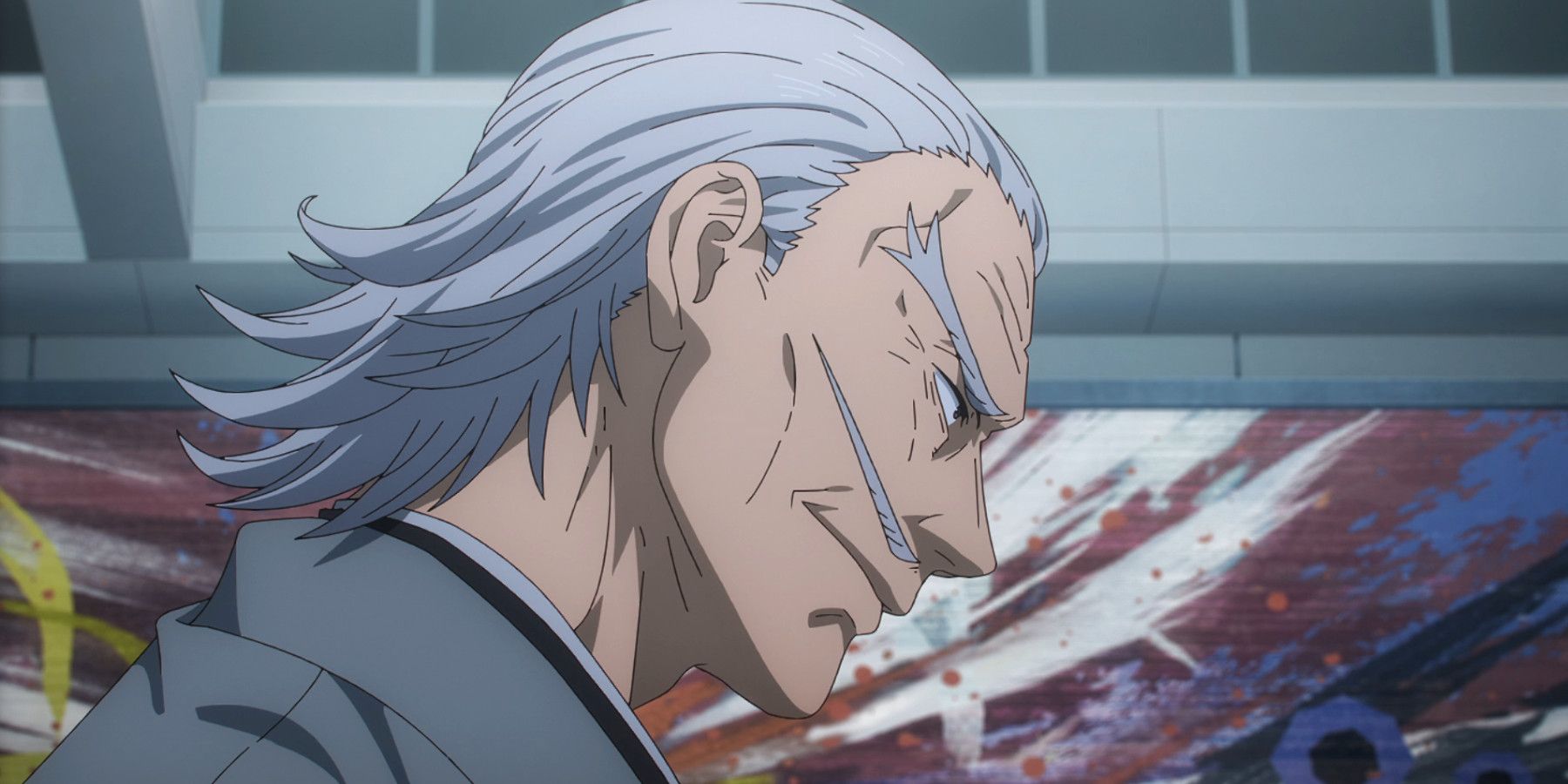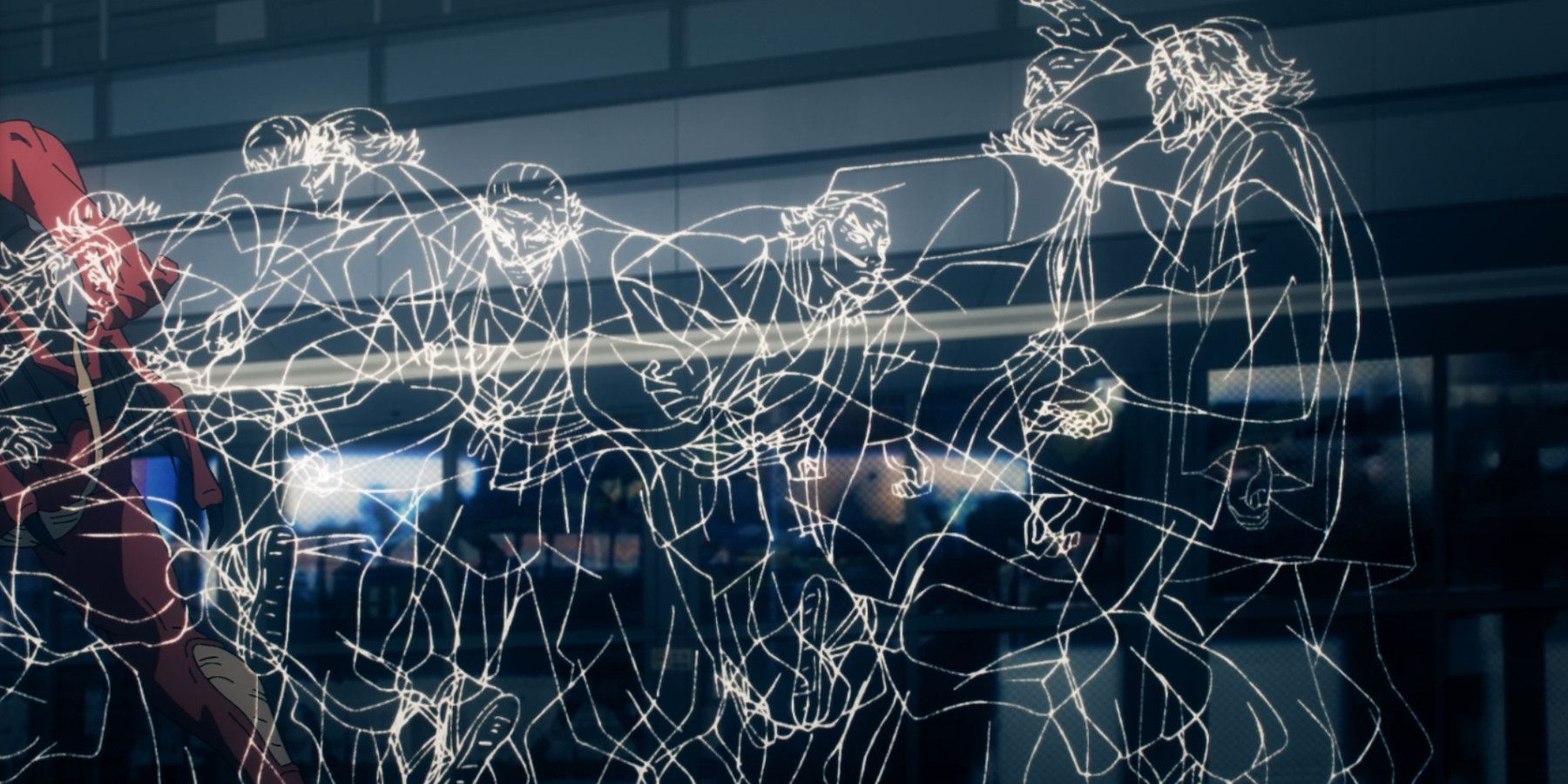Highlights
- Episode 38 of Jujutsu Kaisen impresses with Mei Mei's fight scene and introduces Naobito Zenin, a hilarious otaku who surprises viewers with his skills and knowledge.
- Naobito's jujutsu technique allows him to split a second into 24 frames, enabling him to move at an unnatural speed and trap others in two-dimensional still frames.
- The technique's cleverness lies in the risks involved, as any actions that would look unnatural or choppy when animated would render it ineffective. The ability breaks the fourth wall, turning the animation process into a weapon and providing a unique and entertaining twist.
Episode 38 of Jujutsu Kaisen may have been slightly divisive for some, mainly regarding the latter half's visual quality, but it’s hard to outright dislike the whole thing. Not only was Mei Mei’s introductory fight scene staggering, but viewers were introduced to one of the most fascinating jujutsu techniques thus far, made hilarious by its meta-commentary.
Naobito Zenin is the head of the Zenin Family, the uncle of Maki and Mai, and overall, a drunkard who - up until the subject episode - was mostly lazing about while Maki did all the heavy lifting. But once he, Maki, and Nanami came face-to-face with the special grade curse Dagon, he stepped up to remind everyone why he’s the head of the family, while amusingly outing himself as an otaku in the process.
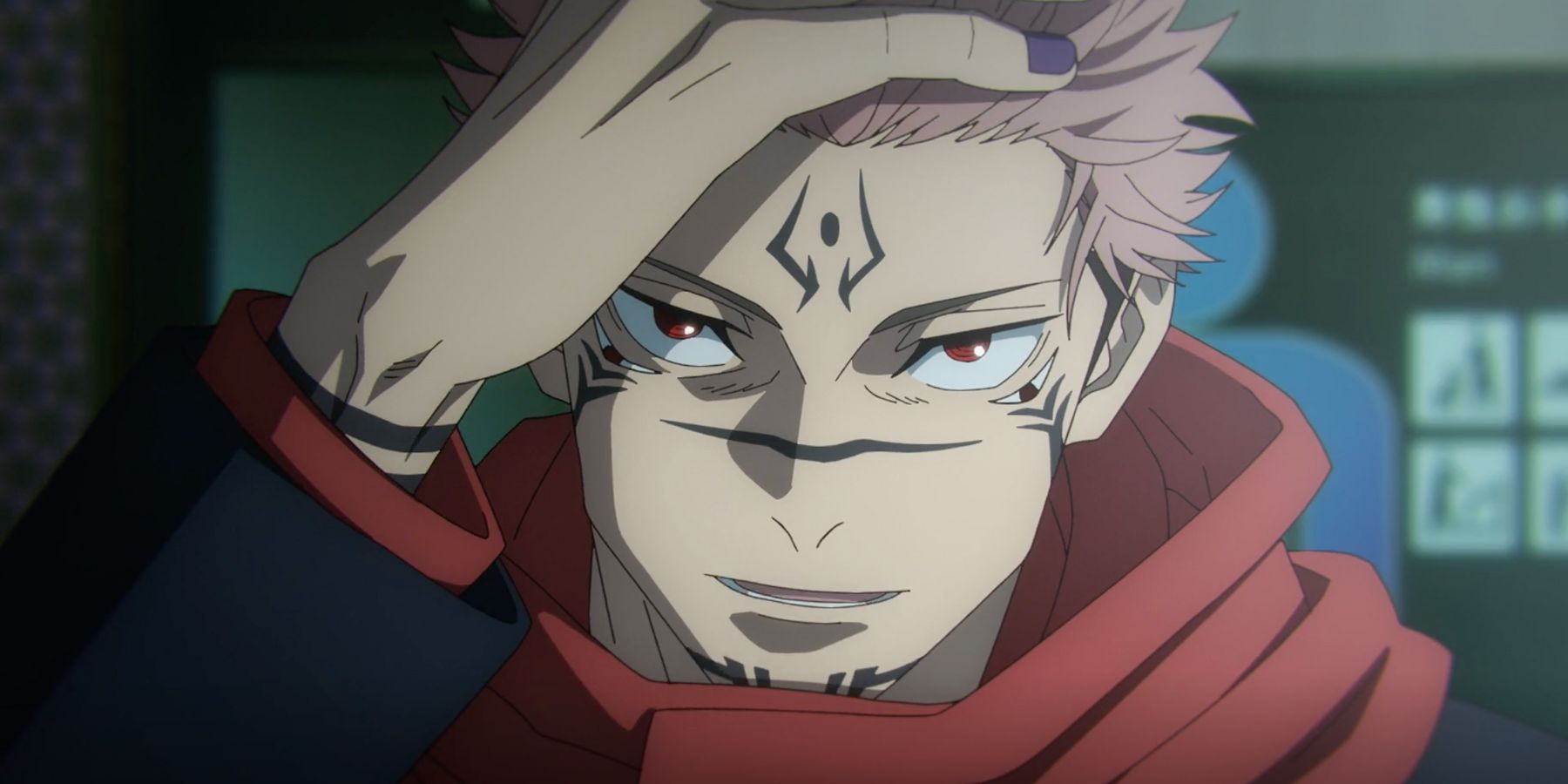
Jujutsu Kaisen: Sukuna Wakes Up
Toji goes on a rampage while Sukuna takes temporary control of Yuji's body.
An Unprovoked Tangent
10 minutes into the episode, Dagon has flooded the entire room while ascending toward the ceiling. Naobito is unmoved by the torrent and immediately begins ranting to his opponent about the frame rate of animation, completely ignoring his opponent's objection to being called a “cursed spirit.” He talks about the modern trend of increasing resolution and frame rate, before criticizing how modern TVs put frame interpolation on by default.
All of this is just a ploy to agitate and distract Dagon from a sneak attack by Nanami, but the content of the rant itself comes so out of left field that it feels like a direct call-out. For years, filmmakers have been talking about how frame interpolation on home theater set-ups can misrepresent films and television. Specifically within the anime fandom, upscaling anime clips to 4K in 60 FPS has been an inescapable trend for some time.
We at Game ZXC even wrote about frame interpolation and anime last year, discussing its appeal, its conflict with authorial intent, and the way it ultimately hurts a given work. The short version is that because of the way animation as a medium works, and the importance of any given number of frames in a scene, interpolation can betray the intended flow of a given gut. This can happen in minor and major ways.
When watching this episode of Jujutsu Kaisen, it’s hard not to laugh at this unprovoked tangent that feels even more fitting within the TV anime adaptation. Naobito might be an arrogant, toxically traditional drunkard, but it would be a lie to say that in this instant - and only this instant - he was spitting facts. And all of that would just be a fun distraction were it not for his jujutsu technique that quite literally embodies the medium itself.
Projection Sorcery, Explained
Naobito’s jujutsu technique lets him split a single second into 24 frames, the traditional framerate for film, television, and animation. Each “frame” conveys a movement in a predetermined sequence following a path within the caster’s line of sight. Upon initiating this sequence, Naobito can maneuver around at what appears like an unnatural speed. But the real trick isn’t just movement; he can use it offensively.
Because of the rules involved in using the technique, it’s possible to screw it up, and since Naobito can impose those rules on anything or anyone he touches, he can trap others as well. If the target can’t immediately “define their actions within 1/24th of a second,” then they are frozen as a flat, two-dimensional still frame. They’ll be freed once they are attacked in that form, though they’re just as likely to be reeling from the blow.
The risks involved are part of what makes the technique so clever and exciting to learn about. It has the potential to backfire depending on factors the caster doesn’t recognize before initiating their movement. Any actions within a sequence that betray physics or trajectory punish the caster or target both. Essentially, if it would look awkward, unnatural, or choppy when animated, the technique wouldn’t work.
As for the rest of what makes this ability so cool, it comes down to how it breaks the fourth wall to turn the animation process into a weapon. There has been no shortage of unique powers across the series thus far, but something about Naobito’s warrants a tip of the hat. From the use of behind-the-scenes sketches and run cycles to illustrate the ability, to the mock director’s notes to emphasize the risks involved, it’s all very tongue-in-cheek.
Creating truly unique powers in a big shōnen anime is tough work because one of the simple appeals of the genre is seeing what cool new powers are waiting around the corner. Plus, it’s not enough to find something original - it has to be believably effective and cool. Jujutsu Kaisen managed to do it all, displaying a risky but powerful combat technique and topping it off with a meta rant about frame interpolation that speaks to every cinephile’s soul.
Jujutsu Kaisen is avilable to stream on Prime Video.
